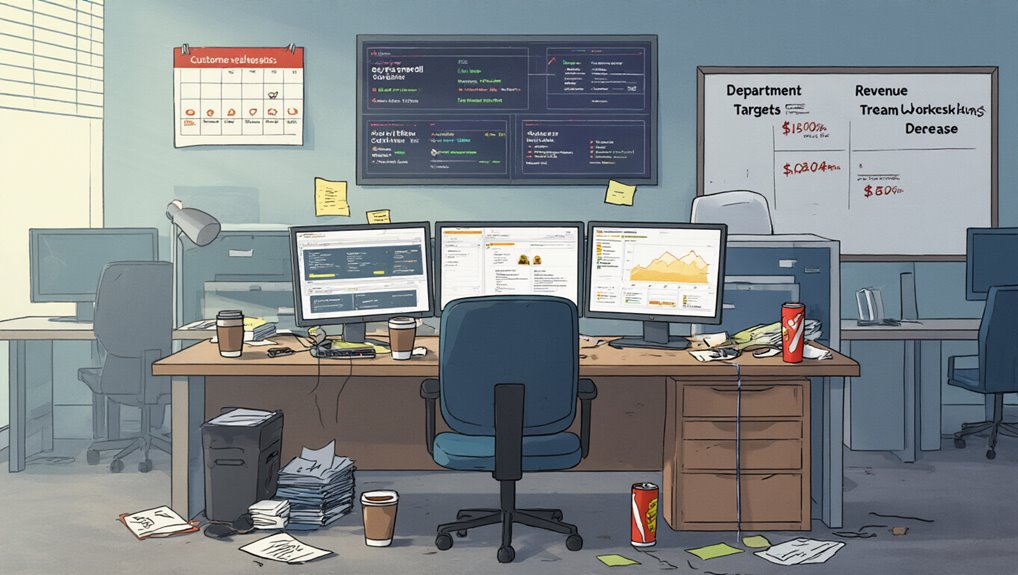While customer success teams remain critical to business growth, they face mounting challenges that threaten their effectiveness and sustainability. Organizations continue to operate in silos, with departments hoarding information and pursuing conflicting objectives. This misalignment creates a significant perception gap between businesses and customers—80% of companies believe they deliver excellent customer experiences, while only 8% of customers agree.
Poor cross-functional communication further exacerbates these issues, resulting in duplicated work and inconsistent customer experiences. The ongoing struggle with organizational alignment within companies remains a significant barrier to customer success effectiveness in 2025.
Budget constraints represent another major obstacle for customer success teams. Chronic underfunding and understaffing limit access to essential tools and technologies. These restrictions create operational bottlenecks that hinder teams’ ability to deliver value efficiently. Some organizations have even implemented pay cuts and layoffs for customer success staff despite rising customer churn rates, demonstrating a fundamental undervaluation of these critical functions.
Budget limitations cripple customer success teams through understaffing and technology gaps, revealing a dangerous misalignment between customer retention goals and resource allocation.
Technology adoption lags behind industry needs, with nearly 60% of organizations failing to invest in AI for customer success by 2024. This slow adoption delays efficiency gains that could help teams scale their efforts and engage customers proactively. Companies that successfully integrate AI gain significant advantages through automated task handling, churn prediction, and personalized customer insights at scale. Many businesses could benefit from IT outsourcing to access specialized expertise that would enhance their customer success operations.
The metrics used to evaluate customer success are evolving rapidly. Traditional measurements like NPS are giving way to revenue-linked goals, with teams increasingly accountable for upsells and expansions. This shift creates pressure to scale operations while maintaining quality—a challenge cited by 77% of industry respondents. Executive leadership often demonstrates short-term thinking that fails to recognize the strategic value customer success brings to long-term revenue growth.
Additionally, reporting structures are changing, with more customer success teams reporting directly to chief revenue officers.
Workload management presents serious concerns for team sustainability. High-pressure environments contribute to burnout and increased turnover rates. Excessive time spent on routine tasks reduces capacity for strategic initiatives. Without proper automation and support staff, these pressures intensify, threatening customer relationships and team continuity.
Organizations must invest in workload management solutions to preserve productivity and protect their valuable customer success talent.









